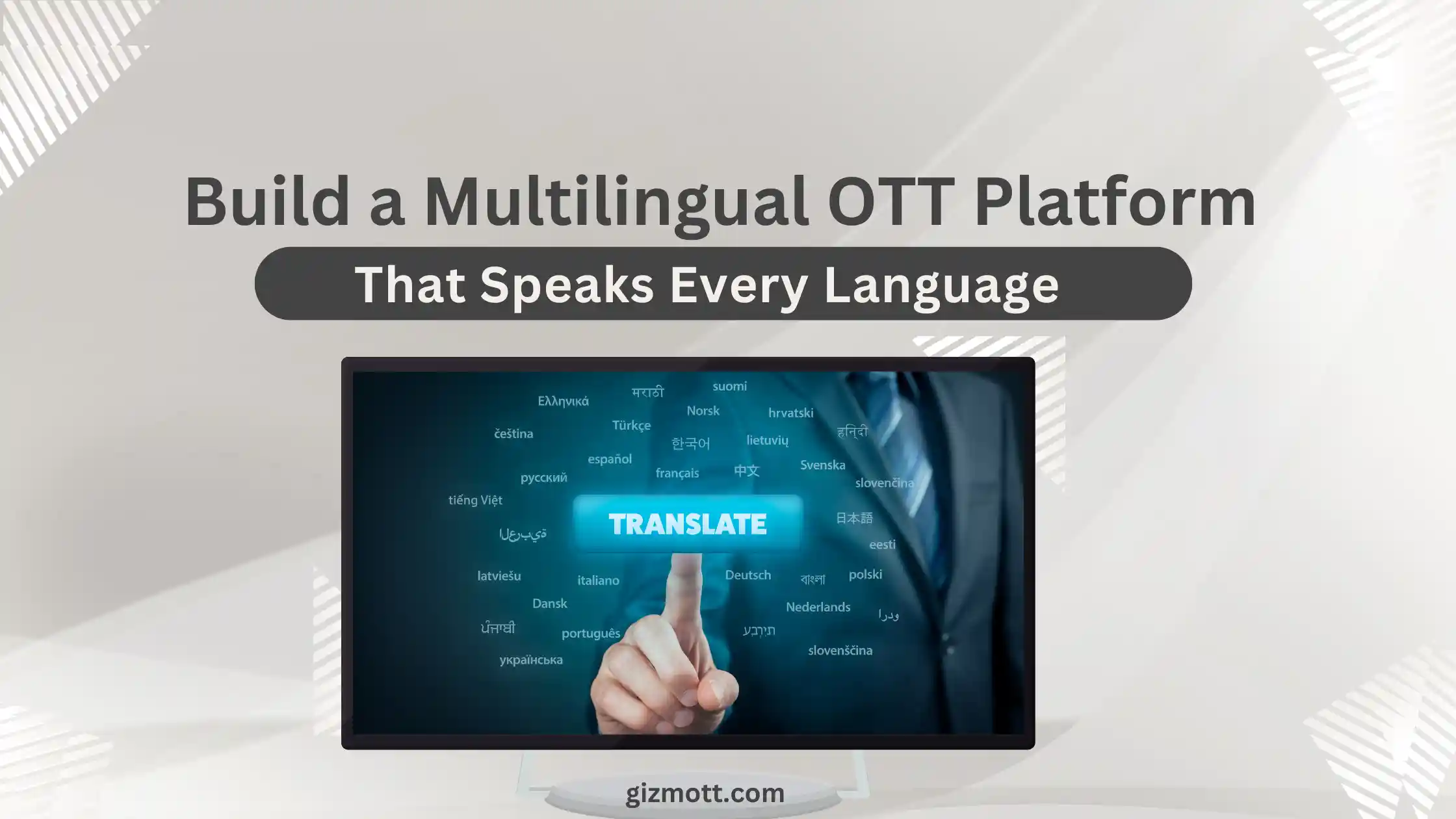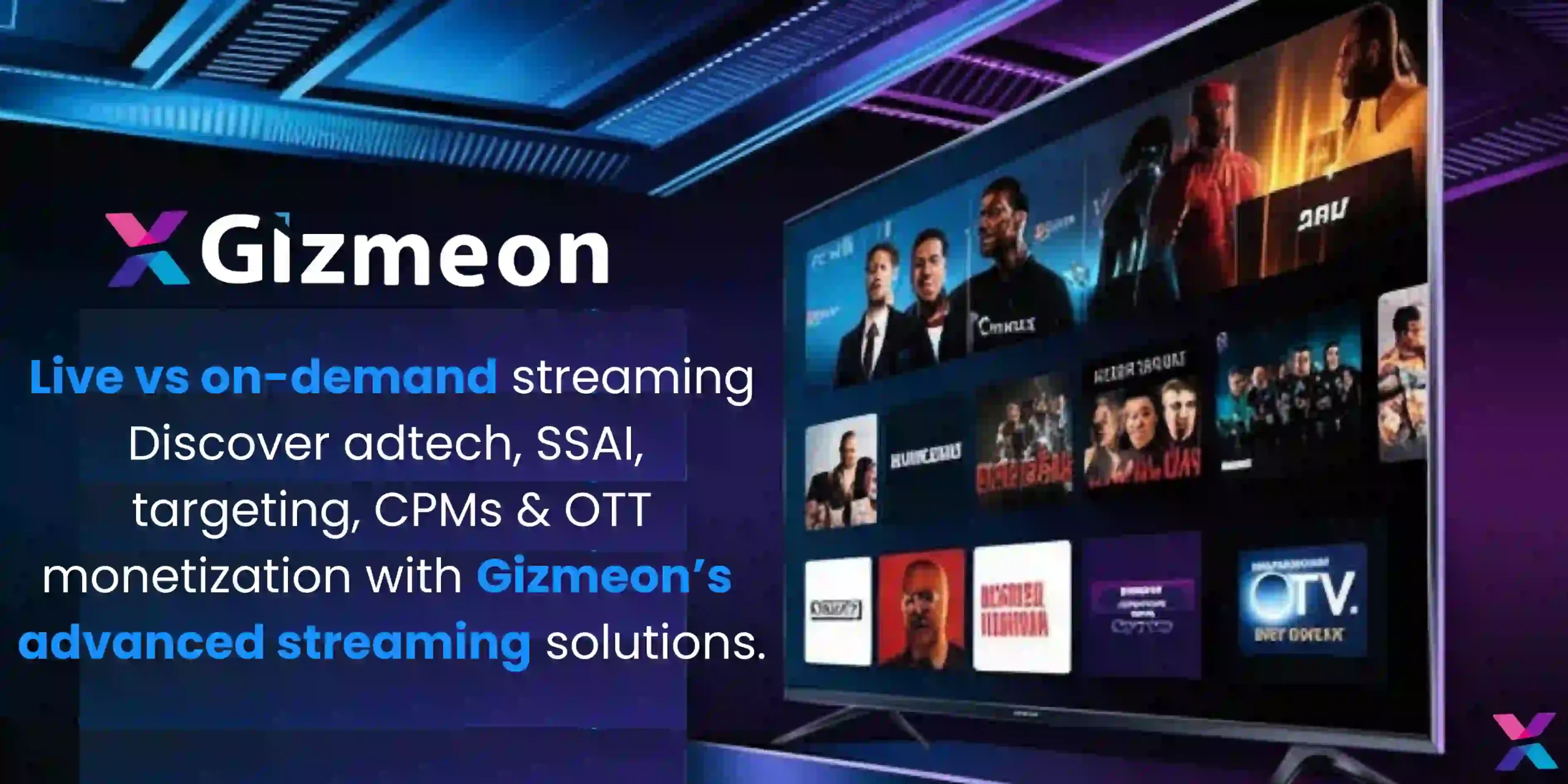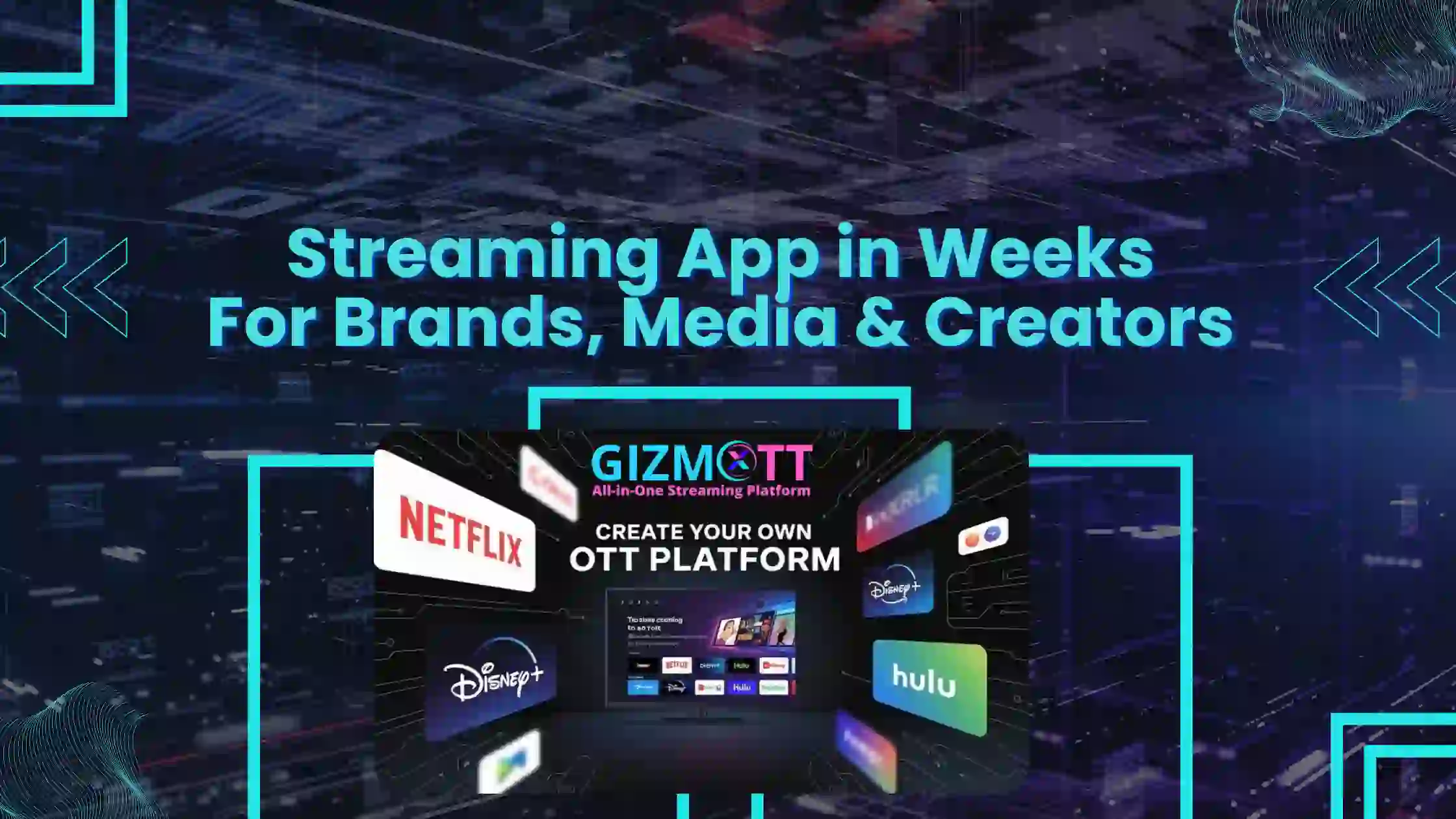Introduction
Have you ever wondered why some OTT platforms go viral globally while others remain unnoticed? The answer often lies in language.
In today’s streaming landscape, the ability to speak directly to your audience—in their native tongue—has become more important than ever. Whether it’s subtitles, dubbing, or full interface localization, creating a multilingual OTT platform is no longer a feature—it’s a necessity.
This blog dives deep into how you can build a truly multilingual OTT experience, blending technology, strategy, and user-centric design to ensure global reach and long-term engagement.
Why Multilingual Streaming Matters in 2025
Let’s start with the facts:
- Over 70% of global viewers prefer content in their native language.
- The global OTT market is projected to reach $332 billion by 2025.
- Non-English content generates 35% more watch time on average.
- Platforms that support multiple languages experience 2x higher retention rates.
As content consumption becomes increasingly global, OTT platform localization is not just a growth lever—it’s your competitive edge.
Common Questions When Building a Multilingual OTT Platform
Can my platform offer subtitles in various languages?
Yes—and it should. Subtitles are essential for accessibility and SEO. Ensure your platform supports multiple subtitle tracks in SRT or VTT formats. Closed captions can also help with accessibility for hearing-impaired users.
Properly indexed subtitles also improve discoverability on Google, especially when paired with metadata and schema markup.
What about multi-language audio support?
Your platform must offer multi-audio tracks. Using adaptive streaming protocols like HLS or MPEG-DASH, you can deliver different audio files encoded in AAC, letting users select their preferred language during playback.
Having dubbing options for popular shows can increase engagement by up to 40%, especially in non-native English markets.
Technology Stack for Multilingual OTT Platforms
To build a scalable multilingual streaming platform, you need the right infrastructure. Here’s a breakdown:
Content Delivery
- Use a multi-CDN strategy with edge caching (Cloudflare, AWS CloudFront) for faster regional delivery.
Video Encoding & Transcoding
- Transcode video using FFmpeg or AWS MediaConvert into multiple bitrates and audio languages.
- Generate subtitles for each version using AI-assisted tools, followed by human quality control.
Database & Language Preferences
- Store metadata in MongoDB with support for multilingual values.
- User preferences (like language and subtitle settings) should be handled via PostgreSQL or NoSQL alternatives.
AI Translation
- Integrate Google Cloud Translation or DeepL to automate initial translations.
- Combine AI with human editors to ensure contextual accuracy.
Frontend Language Detection
- Auto-detect the user’s browser language.
- Allow manual override and store preferences via user profiles or cookies.
Localization in UX: Speak to the Culture
Going multilingual is not just about translating words. It’s about creating culturally relevant experiences.
User Interface (UI)
- Translate all buttons, menus, error messages, and notifications.
- Offer region-specific banners and thumbnails.
Content Recommendation
- Display trending shows based on language and location.
- Create segmented homepages for each region or language group.
Metadata Localization
- Translate video titles, descriptions, and tags.
- Use culturally appropriate genre tags and thumbnails.
Monetization for Global Audiences
Monetization strategies must adapt alongside language support. Consider:
- Region-specific pricing and currencies
- Local payment gateways and wallets
- Localized affiliate marketing tools
- Shopify or WooCommerce integrations for multilingual eCommerce
- Coupons and promotions in each language
Localized checkout pages can increase conversion rates by up to 60%, especially in mobile-first markets.
Future-Proofing Your Platform
Looking ahead, the streaming landscape will only get more competitive and multilingual.
Forecasts:
- By 2026, 65% of new OTT platforms will launch with multilingual features by default.
- Platforms supporting at least 5 languages will outperform others in audience engagement by 3x.
- AI-powered translation and auto-subtitling will reduce localization costs by 30%.
To compete, aim to start with 3 languages and expand to 6–8 within 12 to 18 months.
Power Your Platform with Gizmott by Gizmeon
If you’re looking for a trusted technology partner to bring your multilingual OTT vision to life, Gizmott– OTT platform service provider developed by Gizmeon Inc, offers everything you need. Gizmott is a scalable, feature-rich OTT platform solution built to support global content delivery with powerful localization tools, flexible monetization models, and advanced streaming infrastructure.
Whether you’re launching your first streaming app or expanding to new markets, Gizmott gives you the power to reach every audience—no matter where they are or what language they speak.
Conclusion
In the age of global content, your ability to connect with users in their native language is what will set your platform apart. A multilingual OTT platform is not just a technical project—it’s a user experience revolution.
By combining localization, subtitle and audio support, SEO best practices, and a strong infrastructure, you position your platform to attract, retain, and grow a truly global audience.
Build it once. Speak to everyone.




